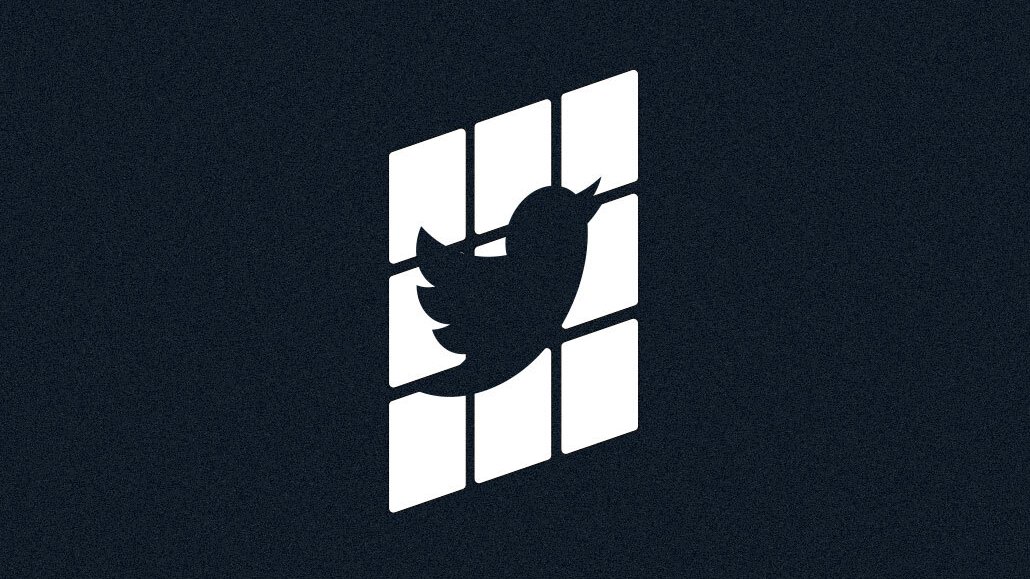With advertising in flux, Twitter is outsourcing ad monetization to ad tech

Twitter’s beleaguered ads business is on a bit of a roll these days.
With the appointment of a top media executive — Linda Yaccarino — as the new CEO, the company is making a statement. Even the largest media buyer, GroupM, which had previously determined the platform to be a “high risk” buy, has taken notice and tried to calm advertisers’ concerns about the social network. Meanwhile, the ads team, despite encountering obstacles, are persevering. In fact, they recently struck a deal with an ad tech vendor that could help counteract the ongoing loss of ad revenue from the platform.
Since May 13, Twitter has been selling ad inventory through the mobile advertising marketplace Inmobi. This exclusive arrangement is evident in Twitter’s ads.txt file, which authorizes Inmobi as the sole vendor for this purpose.
Currently, this partnership is limited to one test market, according to an ad executive familiar with the situation. However, as is customary with such deals, the plan is to gradually expand into additional markets over time.
Should this happen then it could potentially make it easier for ad dollars to flow back into the business following a prolonged, Elon Musk-induced drought.
Ad position: web_incontent_pos1
To understand why, here’s the rundown on an ad tech vendor like Inmobi: it’s one of the world’s largest mobile ad marketplaces. That means marketers bid in real-time on people using mobile devices through the tech Inmobi owns. And they do this billions of times a day.
Given this, it’s not difficult to see why a social network that neither has the demand for its ads or enough internal expertise to stoke it would turn to a business like Inmobi.
“It’s almost like Twitter doesn’t really have a choice but to go down the ad tech route because they need to explore every avenue they can to fortify that ad revenue stream following the changes made to policies and content moderation as well as the loss of personnel,” said Evelyn Mitchell, a senior analyst for digital advertising and media at eMarketer.
Ad position: web_incontent_pos2
Twitter’s foray into programmatic advertising is the latest twist in an intricate narrative surrounding its ads business.
Until now, Twitter has never made ad inventory available to advertisers via the open marketplace, where prices are decided in real-time through an auction.
Instead, it sold its ad inventory through the ad exchange (read programmatic marketplace) MoPub it bought in 2013, and those ads could only be purchased from another piece of ad tech its owner called TapCommerce.
Basically, it was a closed market, just like other walled gardens. But the Inmobi deal suggests a potential shift. Now, Twitter is selling ads (albeit a small portion for now) through a marketplace it doesn’t own, targeting advertisers it doesn’t directly work with. This kind of move is effective when done at a large scale, so it wouldn’t make sense to stop at just one market. Twitter seems to understand this too. Scale was a crucial aspect its ad execs sought in a programmatic partner from the beginning, said the source. They wanted a partner with global expertise in in-app advertising worldwide, the source continued.
Inmobi declined to comment.
After several months of stagnation and ambiguity, Twitter’s ads business seems to be experiencing some movement. However, it remains questionable whether these recent developments signify genuine progress or simply from a state of inactivity. The future will reveal whether Twitter can successfully persuade advertisers to engage and participate in this endeavor..
“What I worry about with Twitter is there is a perception by some advertisers that open exchange programmatic inventory is lower quality,” said Mitchell.
More in Marketing

In the marketing world, anime is following in the footsteps of gaming
As marketers look to take advantage of anime’s entry into the zeitgeist, they might be wise to observe the parallels between the evolution of anime as a marketing channel and the ways brands have learned to better leverage gaming in recent years.

With the introduction of video ads and e-commerce, Roblox looks to attain platform status
Roblox is expanding into more areas than just ads in 2024. Much like platforms such as Amazon and Facebook have transcended their origins to evolve from their origins as online marketplaces and social media channels, Roblox is in the midst of a transformation into a platform for all elements of users’ virtual lives.

PepsiCo wants to remain a ‘driver of culture’ as it turns to influencers and activations amid rebrand
The soda-maker says it can translate cultural relevance into sales volume.
Ad position: web_bfu




